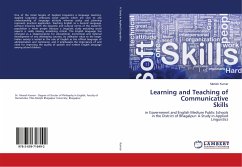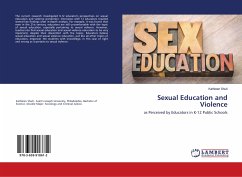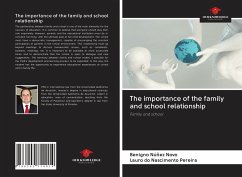
TEACHING BOTANY IN A RURAL SCHOOL IN TERESÓPOLIS
Reality in municipal education
Versandkostenfrei!
Versandfertig in 6-10 Tagen
29,99 €
inkl. MwSt.

PAYBACK Punkte
15 °P sammeln!
Botany is interconnected in our daily lives in many ways, whether it's in the production of oxygen through plants for our breathing, in food, for use as medicine, for building houses, for raw materials such as cellulose, rubber, fibers, or as fuel. Botany teaching is necessary to give students the chance to acquire knowledge that they can use in their day-to-day activities. However, teaching Botany in schools has become a challenge for teachers, according to the authors, due to the difficult assimilation of content, terminology and the difficulty of being taught in the short term in classrooms...
Botany is interconnected in our daily lives in many ways, whether it's in the production of oxygen through plants for our breathing, in food, for use as medicine, for building houses, for raw materials such as cellulose, rubber, fibers, or as fuel. Botany teaching is necessary to give students the chance to acquire knowledge that they can use in their day-to-day activities. However, teaching Botany in schools has become a challenge for teachers, according to the authors, due to the difficult assimilation of content, terminology and the difficulty of being taught in the short term in classrooms. Another aggravating factor in the teaching of botany is the lack of interest on the part of students because they are unable to establish relationships with their daily lives. This study is justified by the need to find out how botany lessons are taught in rural schools. The guiding objective of the study is to carry out a survey of how botany is taught in a particular primary school in the rural area of Teresópolis.














